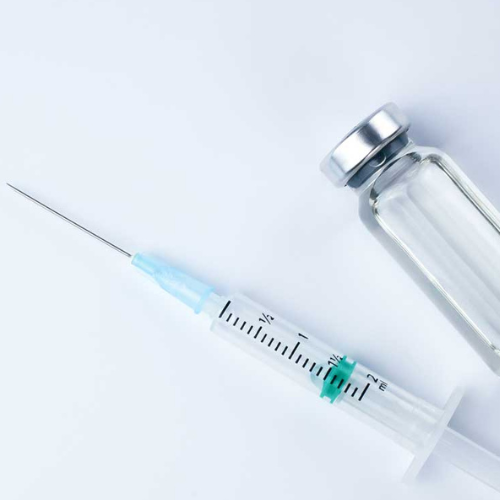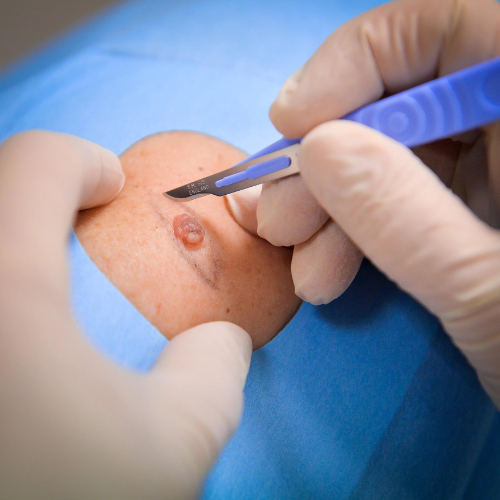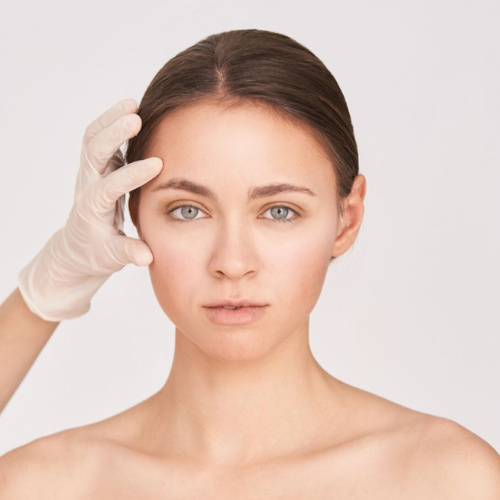CICATRICES
As the body's largest organ, the skin plays an essential role in protecting us from external aggressors and regulating various physiological processes. Skin is also a reflection of our overall health, lifestyle and emotional well-being.
Taking care of our skin is therefore crucial to maintaining its health and appearance. This includes adopting a skincare routine tailored to our individual needs, protecting against damage from the sun and external elements, a balanced diet and adequate hydration, as well as stress and lifestyle management.
By investing in healthy skin care habits and consulting health professionals when necessary, we can help preserve our skin's youthfulness and radiance, while promoting our overall well-being.

Acne scars are residual marks that persist on the skin after the inflammatory lesions of acne, such as pimples, cysts or nodules, have disappeared. They can come in a variety of shapes, textures and colors, and are often classified into several types, including:
- Hypertrophic scars: These scars form when the body produces too much scar tissue during the acne healing process. They usually appear as elevations of the skin above the level of the surrounding skin.
- Atrophic scars: Atrophic scars form when the skin doesn't produce enough collagen during the healing process, resulting in sagging or depressed skin. They can take the form of dimples or hollows in the skin.
- Pigmented scars: These are characterized by skin discoloration, usually in the form of brown or red spots, which persist after the acne has healed. They are caused by excessive melanin production in the skin during the healing process.
- Roller scars: These scars appear as waves or soft lines on the skin and are often associated with inflammatory acne lesions that have developed over a larger area of skin.
- Peak scars: These scars appear as deep, pointed holes in the skin, similar to pits or ice holes. They are usually caused by deeper inflammatory lesions of acne, such as cysts or nodules.
OUR SOLUTIONS FOR ERASING ACNE SCARS
Keloid scars
Keloid scars are hypertrophic scars that form during the skin's healing process after injury, surgery or inflammation, such as acne. Unlike normal scars, which generally remain confined to the area of injury and improve over time, keloid scars develop beyond the initial area of injury and can become much larger and thicker than the original lesion.
Characteristics of keloid scars include:
- Raised skin: Keloid scars are thick and raised above the surrounding skin. They can form irregular nodules or bumps that may be tender or painful to the touch.
- Color: Keloid scars are often darker in color than the surrounding skin, ranging from red to brown or even purple.
- Pruritus: Keloid scars can be accompanied by intense itching, which can lead to further irritation and discomfort.
- Ongoing growth: Unlike normal scars, which stabilize and improve over time, keloid scars can continue to grow and worsen, even after the initial healing of the wound.
Risk factors for the development of keloid scars include genetic predisposition, traumatic injury, surgery, body piercings, burns and inflammatory skin lesions such as acne. People with darker skin are also more likely to develop keloid scars.





